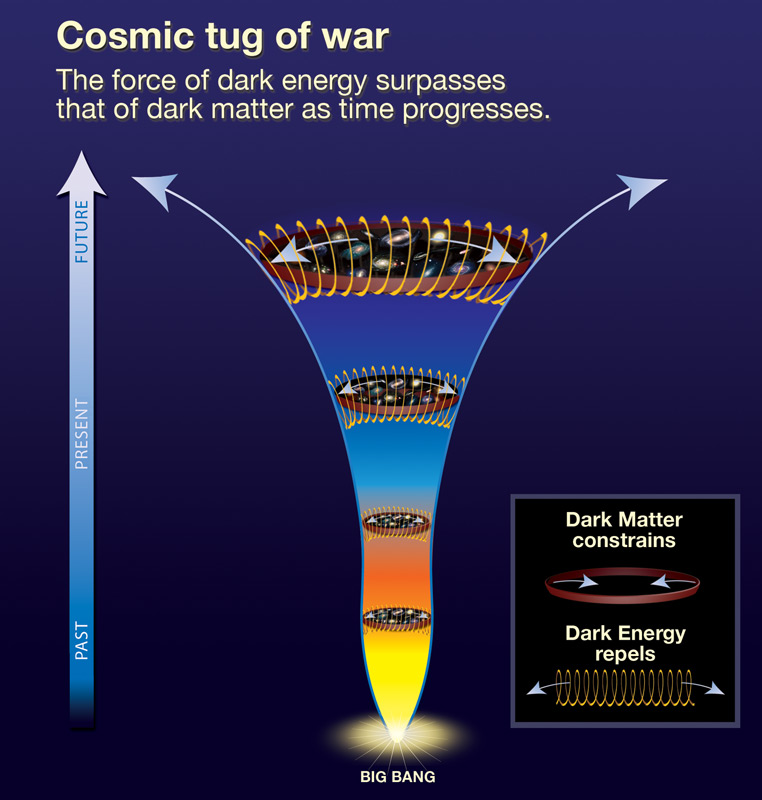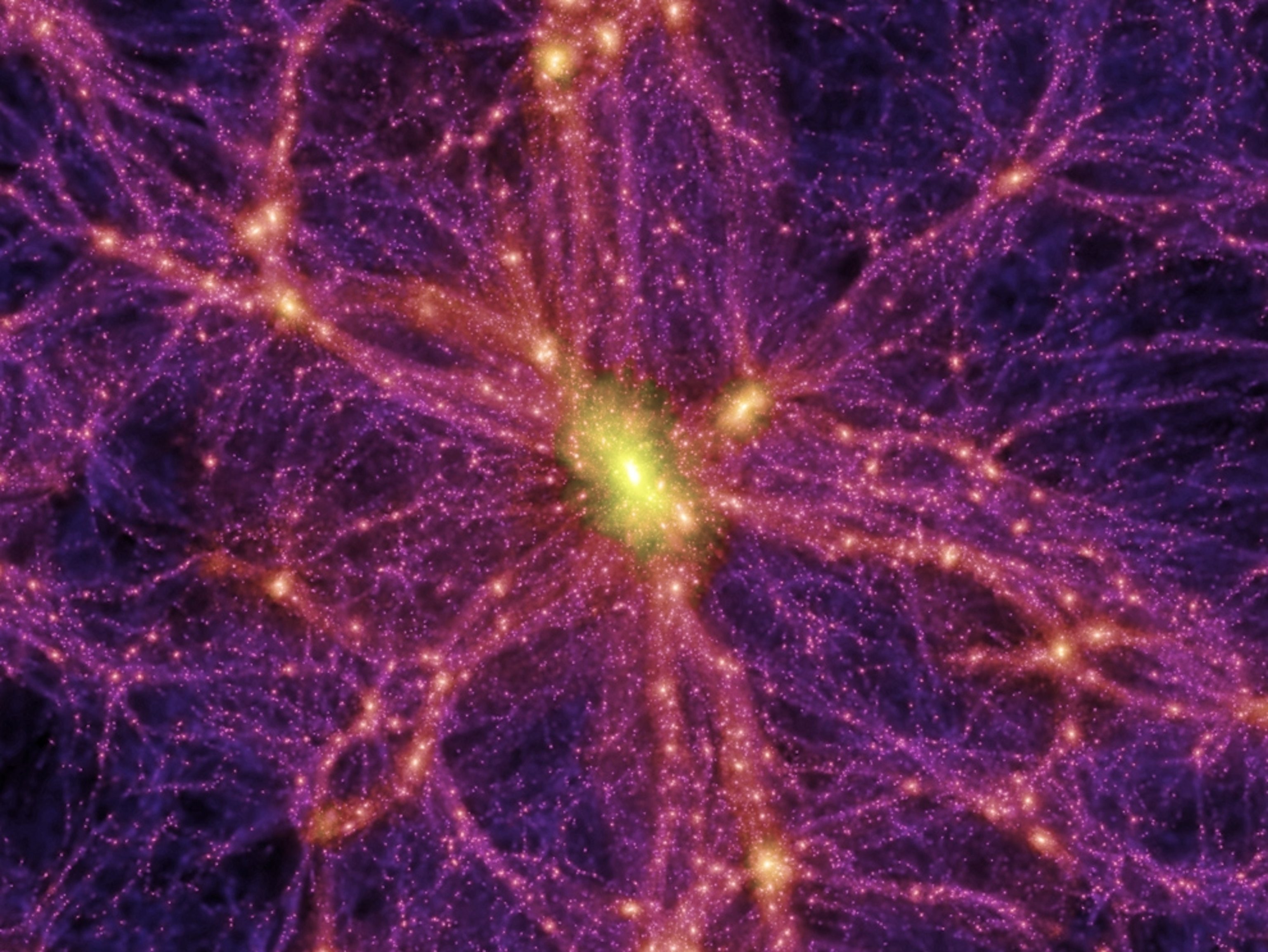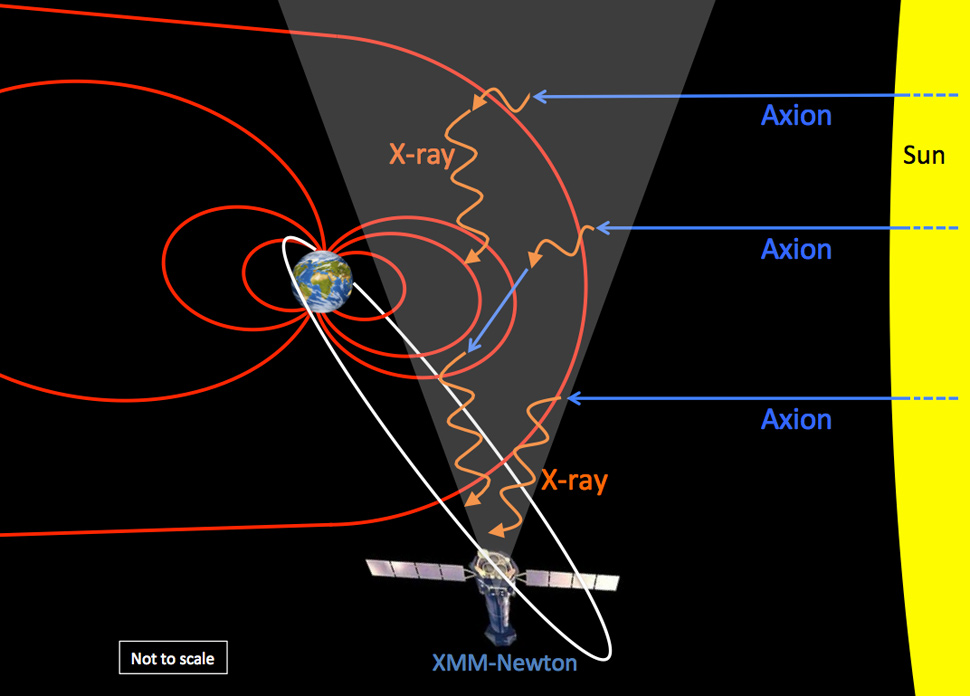
Dark Energy: New Insights on the Universe’s Future
Dark energy is a mysterious force that plays a pivotal role in the expansion of the universe, affecting its fate and structure. Recent findings from the Dark Energy Spectroscopic Instrument (DESI) have brought to light intriguing aspects of this elusive phenomenon, indicating that the assumed cosmological constant may be diminishing over time. As DESI collects data from the largest 3D map of the universe, researchers are uncovering the complex relationship between dark energy and matter, guided by patterns known as Baryon Acoustic Oscillations. These insights potentially challenge existing cosmological models and prompt us to rethink how universe expansion is measured and understood. With ongoing analysis from over 14 million galaxies, the DESI results could reshape our knowledge of dark energy and its influence on cosmic evolution.
The concept of dark energy refers to the unknown force that contributes to the accelerating expansion of the cosmos. This enigmatic component, often equated with the idea of a cosmological constant, suggests a shifting dynamic in the universe’s energy balance. Investigators are piecing together this intricate puzzle through resources like the Dark Energy Spectroscopic Instrument, which focuses on mapping the universe in unprecedented detail. Observations of Baryon Acoustic Oscillations provide essential metrics for understanding cosmic distances and the implications of dark energy over time. As the science community delves deeper into these phenomena, the fabric of our universe continues to reveal its secrets, prompting a reevaluation of our cosmic narrative.
Understanding Dark Energy and the Universe’s Expansion
Dark energy is a mysterious force thought to be responsible for the accelerating expansion of the universe. Recent findings from the Dark Energy Spectroscopic Instrument (DESI) indicate that the cosmological constant associated with dark energy may not be as constant as once believed. Instead, it could be evolving, leading to significant implications for our comprehension of the universe’s fate. The interplay between dark energy and ordinary matter plays a crucial role in determining how the universe expands, raising questions about the fundamental laws of physics.
Understanding dark energy encompasses not just its presence but also its influence across cosmic time. The DESI results, derived from an analysis of the largest 3D map of the universe, underscore that its effects have persisted for at least the past 11 billion years. By examining how dark energy interacts with Baryon Acoustic Oscillations—patterns formed in the early universe—scientists are beginning to uncover how this enigmatic force shapes the cosmos and affects galaxies across vast expanses.
Frequently Asked Questions
What is dark energy and how does it relate to the universe’s expansion?
Dark energy is a mysterious force that is believed to be driving the accelerated expansion of the universe. As the universe expands, dark energy acts as a repulsive force that counteracts gravitational attraction, leading to an increase in the rate of expansion over time.
What role does the cosmological constant play in our understanding of dark energy?
The cosmological constant is a key component in the standard model of cosmology, representing dark energy as a uniform energy density throughout space. It helps explain the observed accelerating expansion of the universe, though recent DESI findings suggest that it may not be constant over time.
How does the 3D map of the universe help researchers study dark energy?
The 3D map of the universe, created from DESI data, allows astronomers to visualize the distribution of galaxies and quasars. This spatial analysis is crucial for understanding how dark energy has influenced cosmic structure and expansion over the past 11 billion years.
What are Baryon Acoustic Oscillations and how do they relate to dark energy?
Baryon Acoustic Oscillations (BAOs) are regular, periodic fluctuations in the density of visible baryonic matter of the universe. They serve as a ‘standard ruler’ for measuring cosmic distances, and studying these patterns helps researchers gain insights into the effects of dark energy on the universe’s expansion.
What recent findings from the DESI collaboration are significant for understanding dark energy?
Recent results from the DESI collaboration indicate that dark energy may be weakening over time, suggesting that our understanding of its role in the universe’s expansion may need to be revised. This finding was based on analyzing data from over 14 million celestial objects.
How can I access the DESI Data Release 1 for research on dark energy?
The DESI Data Release 1 is publicly available for exploration and can be accessed through the online repository arXiv. This dataset includes detailed information on millions of galaxies and quasars, supporting a wide range of astrophysical research related to dark energy.
What are the implications of dark energy possibly evolving over time?
If dark energy is indeed evolving, it could challenge current models of cosmology. This would necessitate a reevaluation of the fundamental principles that govern the universe’s expansion and the balance between dark energy and matter.
Can the DESI collaboration’s results contribute to our understanding of galaxy evolution in relation to dark energy?
Absolutely, the results from the DESI collaboration not only address questions about dark energy but also contribute to extensive studies on galaxy evolution and the structure of the cosmic web, enhancing our understanding of how these elements interact over cosmic time.
| Key Points | Details |
|---|---|
| Dark Energy’s Nature | Dark energy may be weakening over time, challenging the idea of it as a cosmological constant. |
| Impact on the Universe | The balance between matter and dark energy influences the universe’s fate and its accelerating expansion. |
| DESI’s Role | The Dark Energy Spectroscopic Instrument (DESI) provides critical data by mapping dark energy’s effects over 11 billion years. |
| Research Collaboration | The collaboration involves over 900 researchers from 70+ institutions and is funded by the U.S. Department of Energy. |
| Findings and Future Research | New findings from DESI, including data on over 14 million galaxies, will inform future astrophysical research. |
Summary
Dark energy plays a crucial role in our understanding of the universe. Recent findings from the Dark Energy Spectroscopic Instrument indicate that dark energy may not be constant and could be evolving, which may require reevaluating the standard cosmological model. As DESI continues its observations and expands its cosmic map, scientists hope to uncover more about this mysterious force and its implications for the future of the cosmos.









